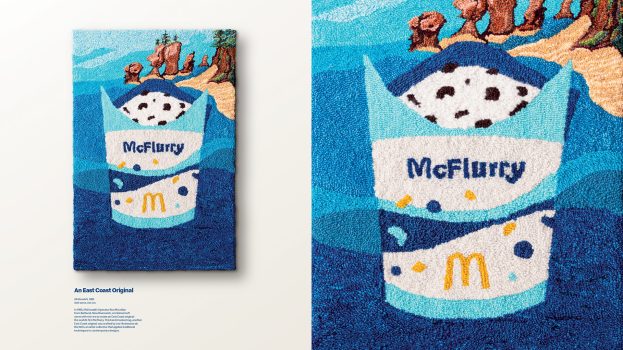Comparable sales growth at Restaurant Brands International in Q3 was driven by growth at Tim Hortons, as well as strong results from Burger King outside of the U.S., as ad spend on the QSR’s “Back to Basics” plan continues.
RBI earned $221 million USD in net income for the quarter ending Sept. 30, up from $145 million USD a year earlier. That’s despite the fact that total revenues – $1.5 billion USD – were impacted by $237 million USD in advertising spend, $28 million more than Q3 2020. CFO Matthew Dunnigan says most of this increase is attributable to the $80 million in ad spending it committed to turning around business for Tim Hortons in Canada, adding that 75% has been spent so far, with the remainder expected to come in the final quarter.
Comparable sales rose 8.9% at Tim Hortons and 7.9% at Burger King, though Popeyes had a drop in comparable sales of 2.4%.
RBI’s CEO José Cil says it feels confident that the Tims brand can translate to markets all around the world, as demonstrated by fast-paced growth in China.
“We’re making investments in key areas of the business such as building in-house technology and digital teams that we believe position us to add value directly to our guests and improve restaurant operations,” Cil says. This includes investing behind its marketing plan at Tim Hortons in Canada, and accelerating the rollout of outdoor digital menu boards and investing in areas like technology, operations and marketing.
RBI also says it remains focused on ramping up enrollment in its loyalty programs, creating better digital experiences across service modes, including digitizing drive-thrus, integrating with a growing number of platforms and continuing to improve our back-end infrastructure.
For Tims, its second Roll Up To Win campaign of the year – which has shouldered blame in recent years for under-performing – also helped drive overall monthly known diners to an all-time high.
“We’re particularly excited about this growth as it positions the team to learn more about our guests wants and provide them with even more compelling offers and experiences to drive increases in check, traffic and brand closeness,” Cil says.
Cil said growth at Tims in Canada was partially driven by its turnaround plan, as well as steady reopening across the country, though the fact that many workplaces have yet to reopen continues to drag on its business in urban centres. But Cil added that the company “is not waiting around” when it comes to next steps to “protect and enhance” its core offerings.
In particular, it is pursuing new dayparts in lunch and dinner, which Cil said represent 60% of overall sales in the industry but 35% at Tim Hortons. While past attempts to expand the menu at Tim Hortons – like with a Beyond Meat hambuger – haven’t been successful and spurred on the “Back to Basics” plan, Cil said strong performance of new additions like grilled wraps and the Craveables sandwiches during lunch have shown it has an opportunity to increase share when it has food and beverages that “make sense.”
Lastly, in September, Cil spent time discussing RBI’s plans to reduce emissions 50% by 2030.
“Beyond doing right by the planet, we believe we’re doing right by our guests, employees and shareholders who we know increasingly value brands that take sustainability seriously,” Cil says.
























